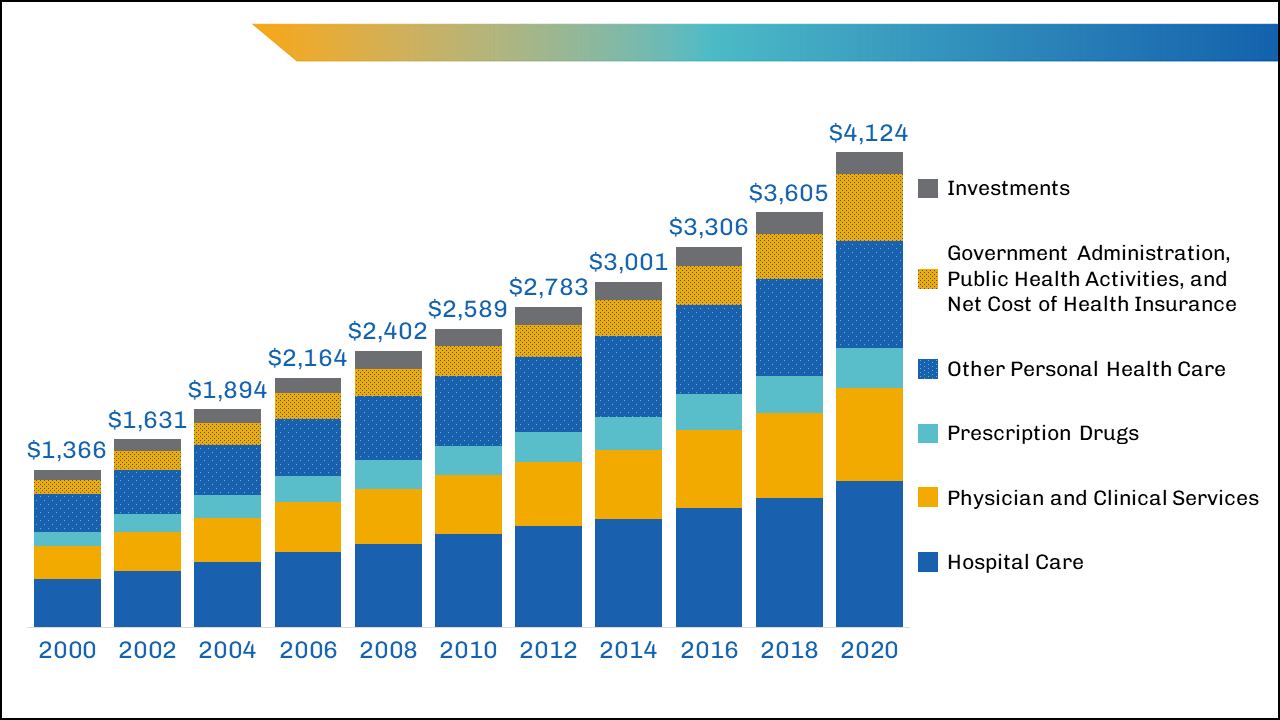Healthcare RCM Devices to Make The Most Of Income and Reduce Denials
Healthcare RCM Devices to Make The Most Of Income and Reduce Denials
Blog Article
A Comprehensive Overview on Exactly How Health Care RCM Works to Streamline Billing and Collections
Browsing the complexities of health care profits cycle monitoring (RCM) is important for carriers intending to enhance their invoicing and collections procedures. The guide unloads the complexities of RCM, from client registration to balance dues administration, using understandings right into enhancing each action. Incorporating advanced technology and standardized treatments can significantly minimize insurance claim denials and increase repayment cycles. Yet, the real difficulty exists in seamlessly merging these components to enhance cash money flow. As we check out the core elements and methods that drive performance, one question continues to be: exactly how can healthcare entities finest position themselves to prosper financially in an ever-evolving industry?
Comprehending Earnings Cycle Monitoring
Realizing the complexities of Income Cycle Management (RCM) is essential for healthcare organizations aiming to maximize their monetary efficiency. RCM is a critical management feature that includes the entire monetary process of client treatment, from the first visit readying to the final repayment of the equilibrium. It is an intricate procedure developed to recognize, gather, and manage the profits from the services provided to individuals. Effective RCM makes certain that doctor get precise and timely payments, decreasing the threat of earnings loss and improving capital.
The RCM process starts when an individual schedules an appointment and extends with the patient's treatment journey, consisting of payment and collections. A crucial goal is to lower the time between supplying a solution and obtaining settlement, therefore enhancing the organization's financial health. RCM includes various functions such as client registration, insurance policy verification, fee capture, coding, declares submission, repayment uploading, and handling rejections and appeals.
Trick Elements of RCM
In the world of Income Cycle Management (RCM), comprehending its essential elements is fundamental to accomplishing economic efficiency within health care organizations. RCM is a detailed process that incorporates different phases, each essential to guaranteeing effective payment and collections. The key components include patient registration, insurance coverage verification, charge capture, coding, claim submission, settlement publishing, and receivable management.


When coded, claims are submitted to payers, where precision is extremely important to stay clear of hold-ups or rejections - Healthcare RCM. Settlement posting includes tape-recording the obtained settlements, which permits for the settlement of accounts. Finally, accounts receivable monitoring concentrates on tracking and addressing overdue insurance claims, guaranteeing timely follow-up and resolution
Each element of RCM is adjoined, and ineffectiveness in any component can interrupt the entire cycle. Consequently, mastering these components is necessary for doctor to enhance earnings and boost their economic health.
Techniques for Effective Billing

Systematizing billing treatments across the organization is another essential approach. Establishing clear guidelines for documents, coding, and entry aids keep uniformity and conformity with regulative needs. Educating staff on a regular basis on these procedures makes sure everybody is current with the most up to date modifications in billing codes and payer plans.
Precise fee capture is essential in preventing earnings leak. Carrying out normal audits and monitoring systems enables the recognition and adjustment of discrepancies prior to they impact income. Additionally, maintaining open lines of interaction with payers assists to promptly fix any kind of conflicts or misconceptions that may occur.

Lastly, appealing clients early in the payment procedure by offering clear quotes and educational products regarding helpful hints their economic responsibilities can dramatically reduce complication and boost repayment timeliness. These techniques collectively add to a much more reliable and financially healthy and balanced invoicing system.
Enhancing Collections Procedures
Given the complexities of medical payment and the range of payer needs, improving the collections process involves applying tactical steps that make sure prompt and precise payment of solutions rendered. Automation devices can help in tracking claim standings, sending out timely tips to individuals, and managing rejections much more properly.
Educating staff to comprehend the nuances of insurance plan and invoicing codes is equally important. This knowledge empowers them to resolve invoicing inconsistencies swiftly and communicate efficiently with clients regarding their economic obligations. Moreover, clear and transparent person interactions are crucial. Giving detailed explanations of costs and providing versatile layaway plan can increase client fulfillment and prompt payments.
Regular audits of the collections process ought to be conducted to recognize locations for enhancement and ensure conformity with laws. By analyzing data, healthcare organizations can recognize fads, expect potential issues, and adjust methods as necessary (Healthcare RCM). Inevitably, a well-enhanced collections procedure not just sustains monetary health about his however additionally adds to a much more seamless experience for patients and staff alike
Optimizing Revenue Streams
Structure upon the structure of a you could look here solid collections process, healthcare companies can even more boost their monetary security by tactically optimizing income streams. This includes a multi-faceted strategy, beginning with a comprehensive evaluation of existing profits sources to recognize inefficiencies and locations for growth. Utilizing innovative data analytics tools allows companies to gain understandings right into payer mix, person demographics, and solution application patterns, enabling for data-driven decisions that boost earnings capture.
Implementing automated billing systems can substantially reduce errors and expedite cases refining, making sure that income is accumulated extra effectively. Additionally, maximizing payer contracts through regular negotiations can boost compensation rates and terms, directly impacting the lower line. Diversifying solution offerings, such as including telehealth or health programs, can also draw in a more comprehensive individual base, thus raising income possibility.
An additional essential element is boosting client involvement and fulfillment, as pleased patients are more probable to follow therapy strategies and make prompt repayments. Providing versatile settlement choices and transparent billing practices can improve collections and foster client commitment. Healthcare RCM. By embracing these strategies, medical care companies can produce an extra resilient financial framework, ensuring continual growth and stability in an ever-changing market landscape
Conclusion
Finally, medical care Earnings Cycle Management (RCM) plays an essential function in maximizing payment and collections processes by incorporating vital parts such as patient registration, insurance confirmation, cost capture, coding, asserts entry, and balance due monitoring. By using sophisticated innovation, systematizing procedures, and promoting client interaction, health care carriers can considerably reduce insurance claim denials, accelerate settlement cycles, and enhance money flow. This extensive strategy to RCM ultimately leads to improved economic efficiency and sustainability for medical care companies.
The RCM procedure begins when a client routines a consultation and prolongs through the person's care journey, consisting of invoicing and collections.Another crucial element is boosting person involvement and contentment, as completely satisfied patients are a lot more most likely to adhere to therapy strategies and make prompt payments. Providing flexible repayment choices and transparent payment techniques can improve collections and foster patient loyalty.In final thought, health care Revenue Cycle Monitoring (RCM) plays a critical role in optimizing payment and collections processes by incorporating crucial elements such as patient enrollment, insurance confirmation, fee capture, coding, claims entry, and accounts receivable administration. By using advanced modern technology, standardizing procedures, and promoting person involvement, healthcare service providers can considerably lower case rejections, speed up repayment cycles, and enhance money flow.
Report this page